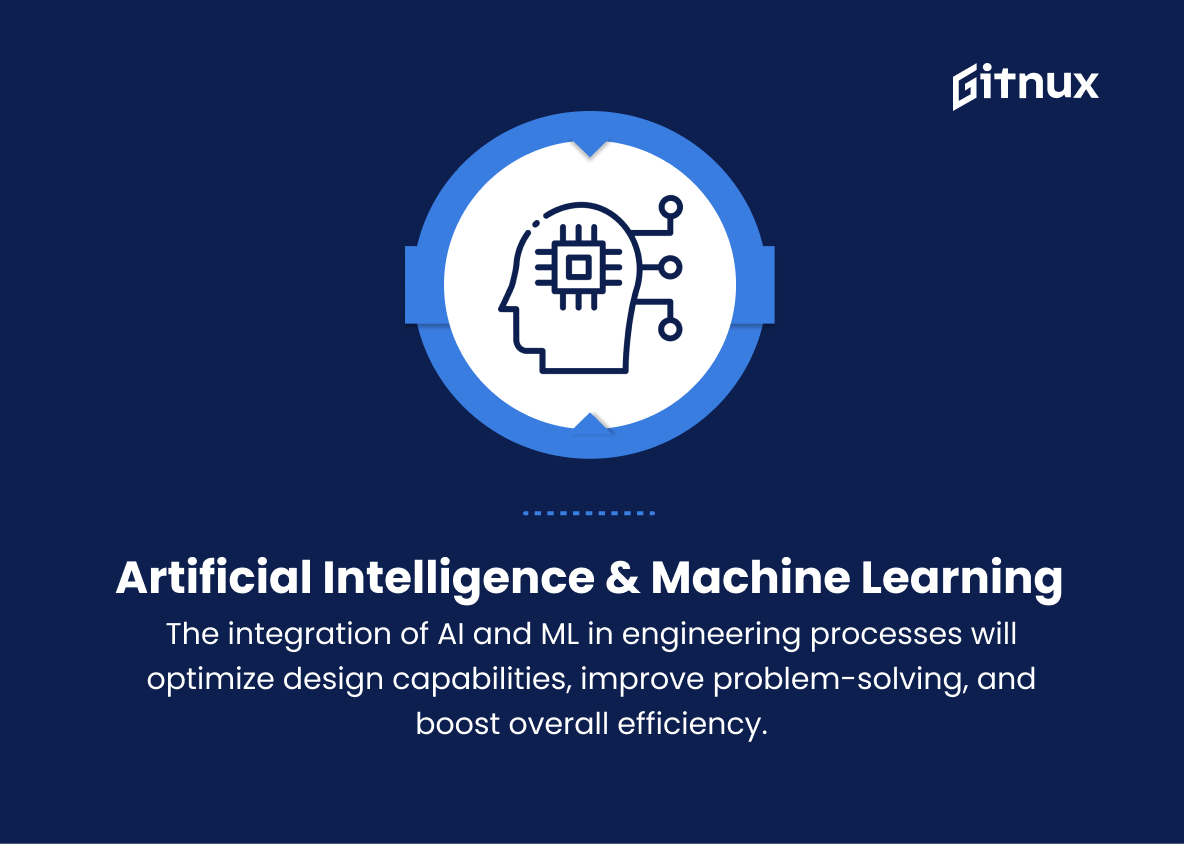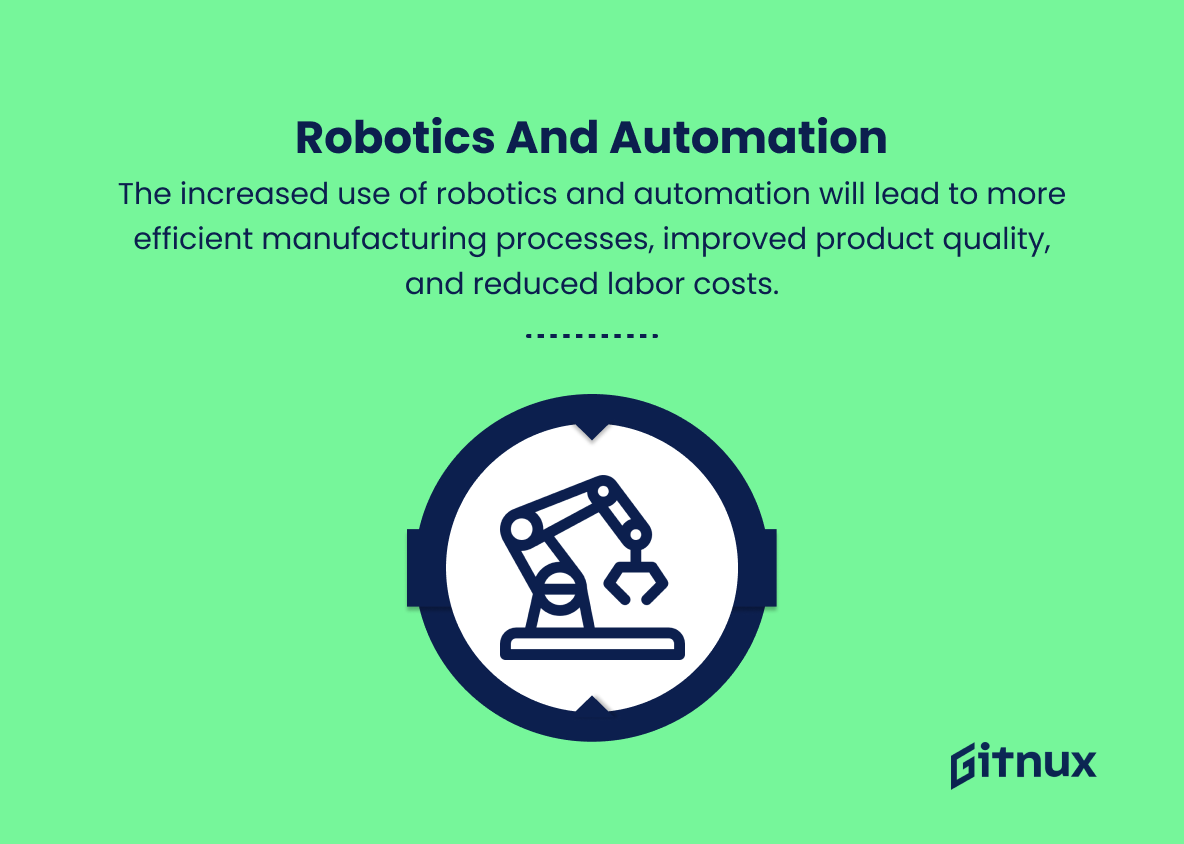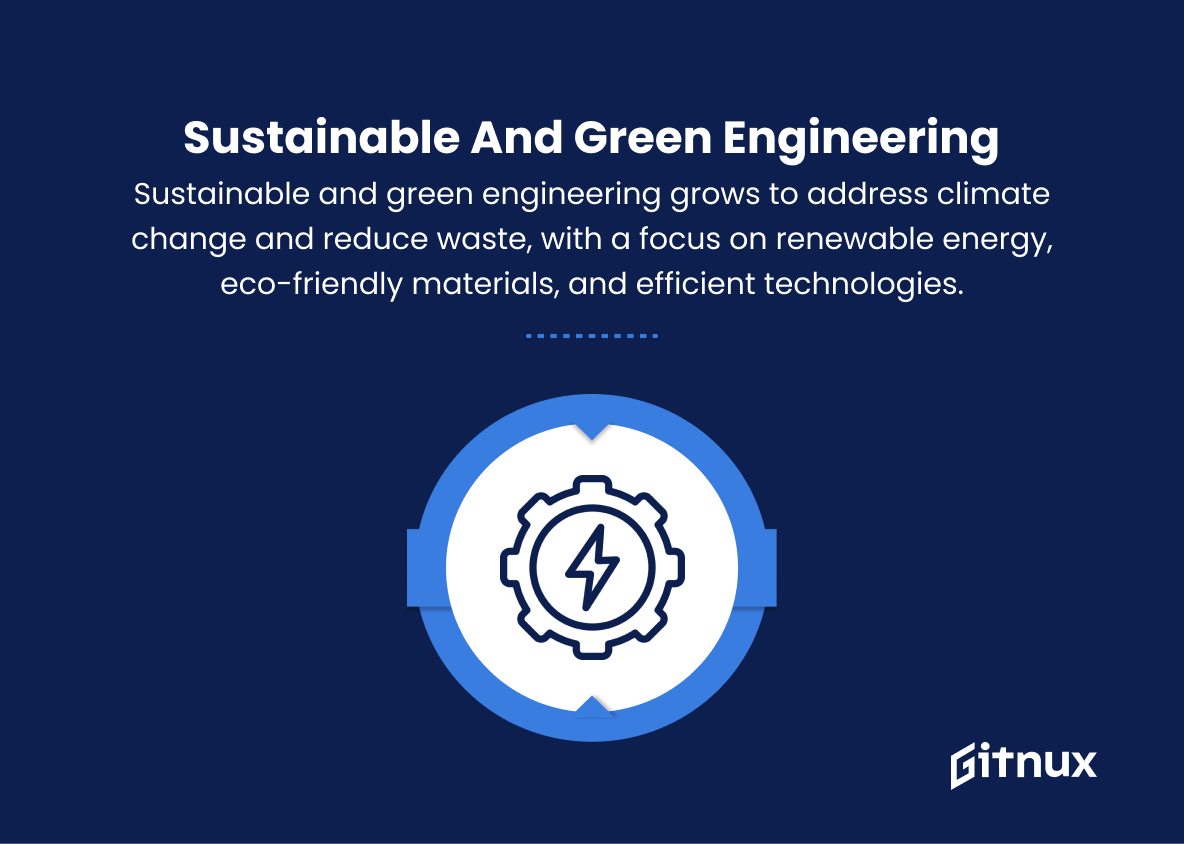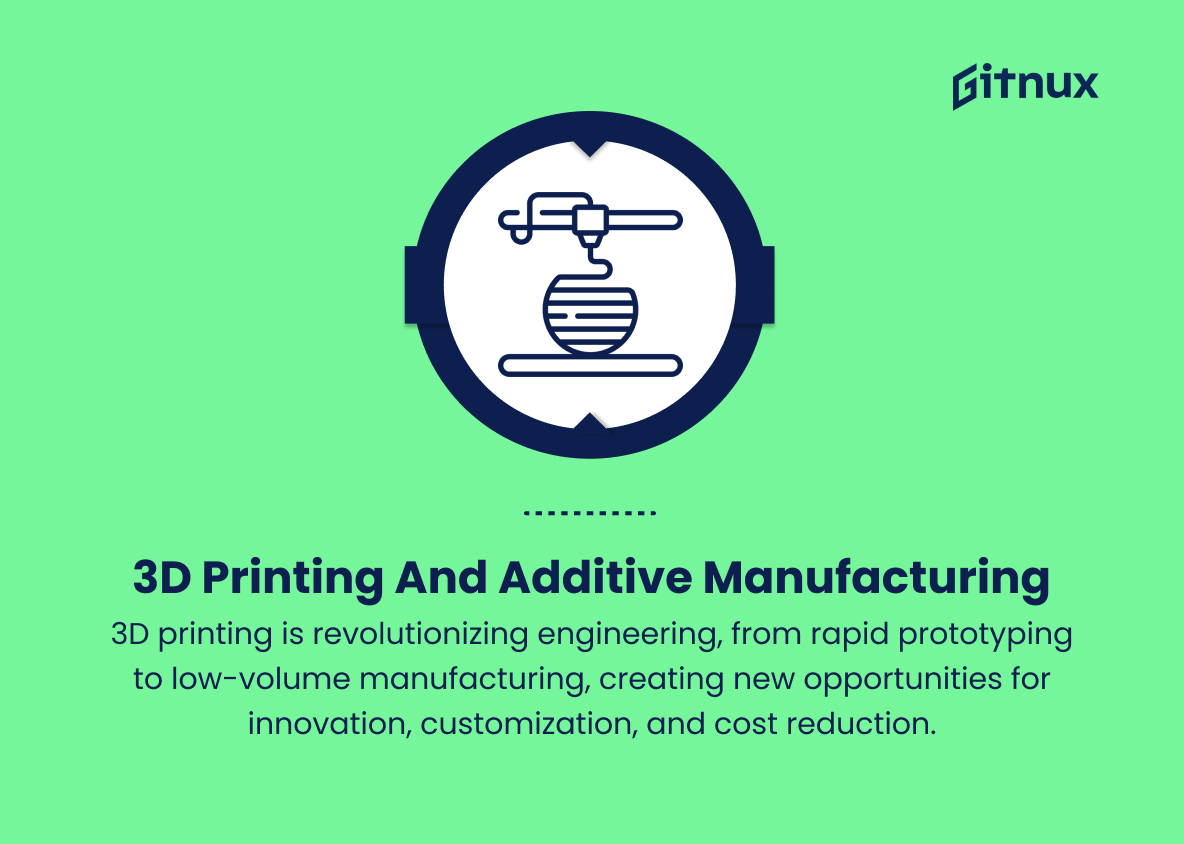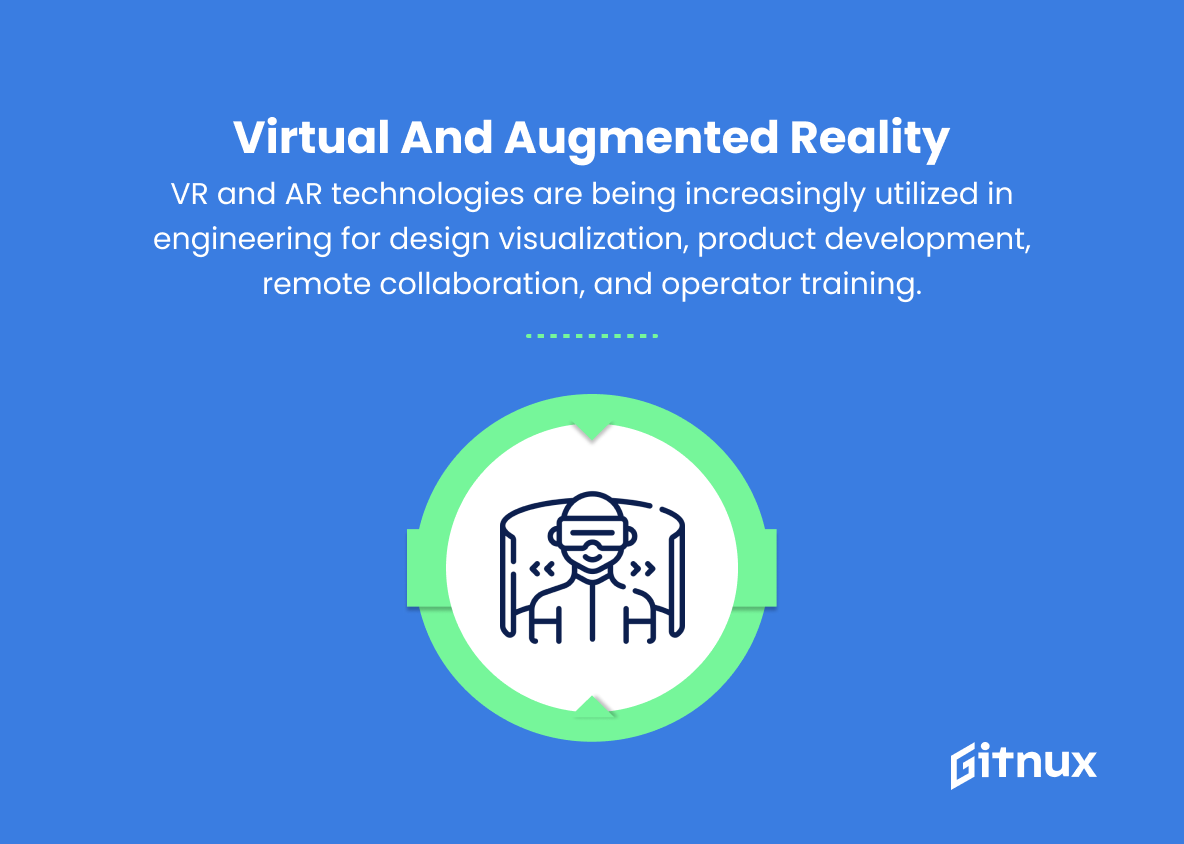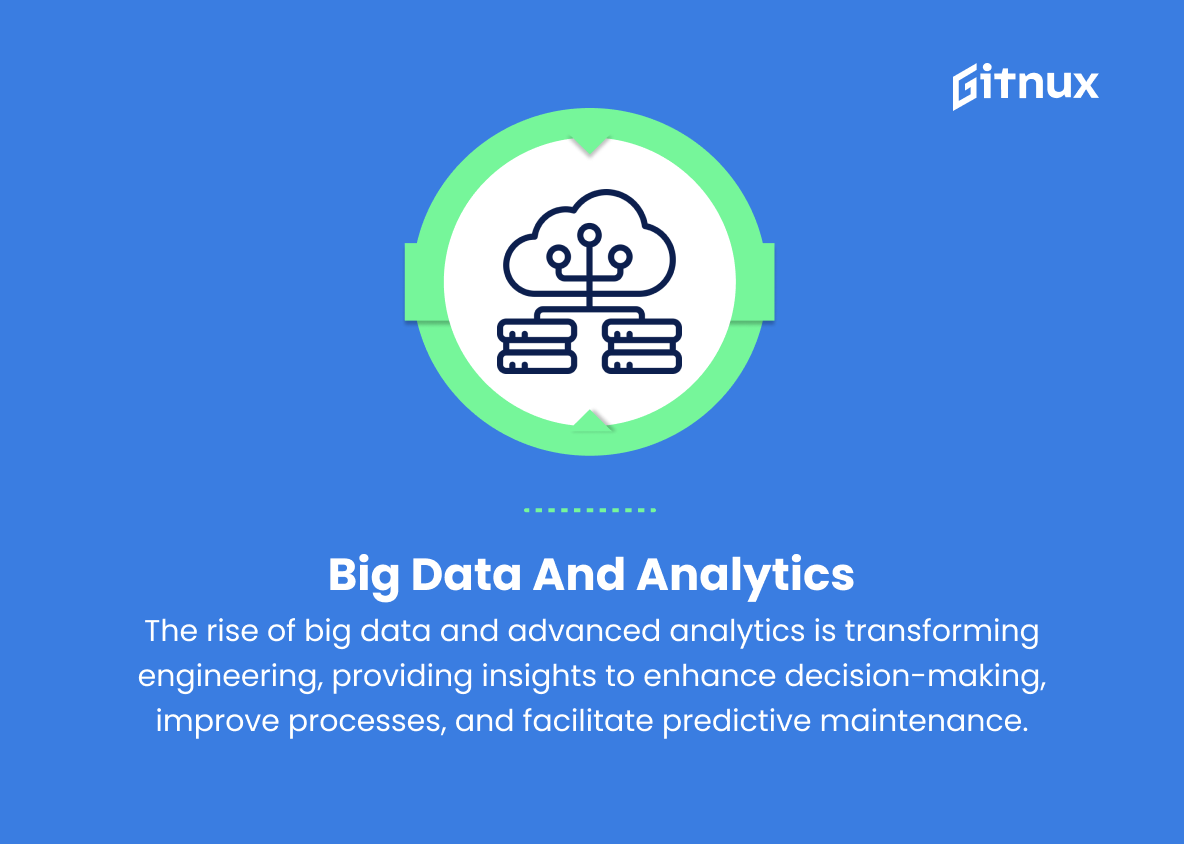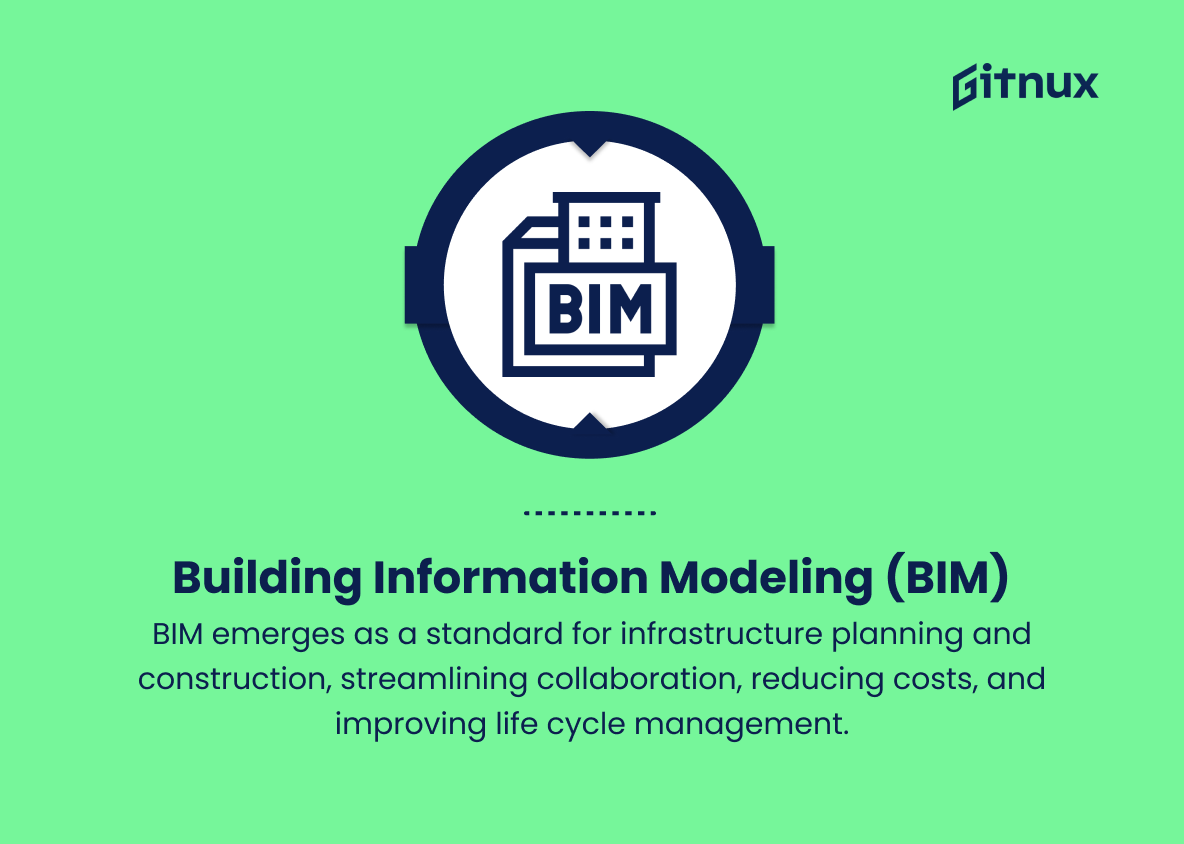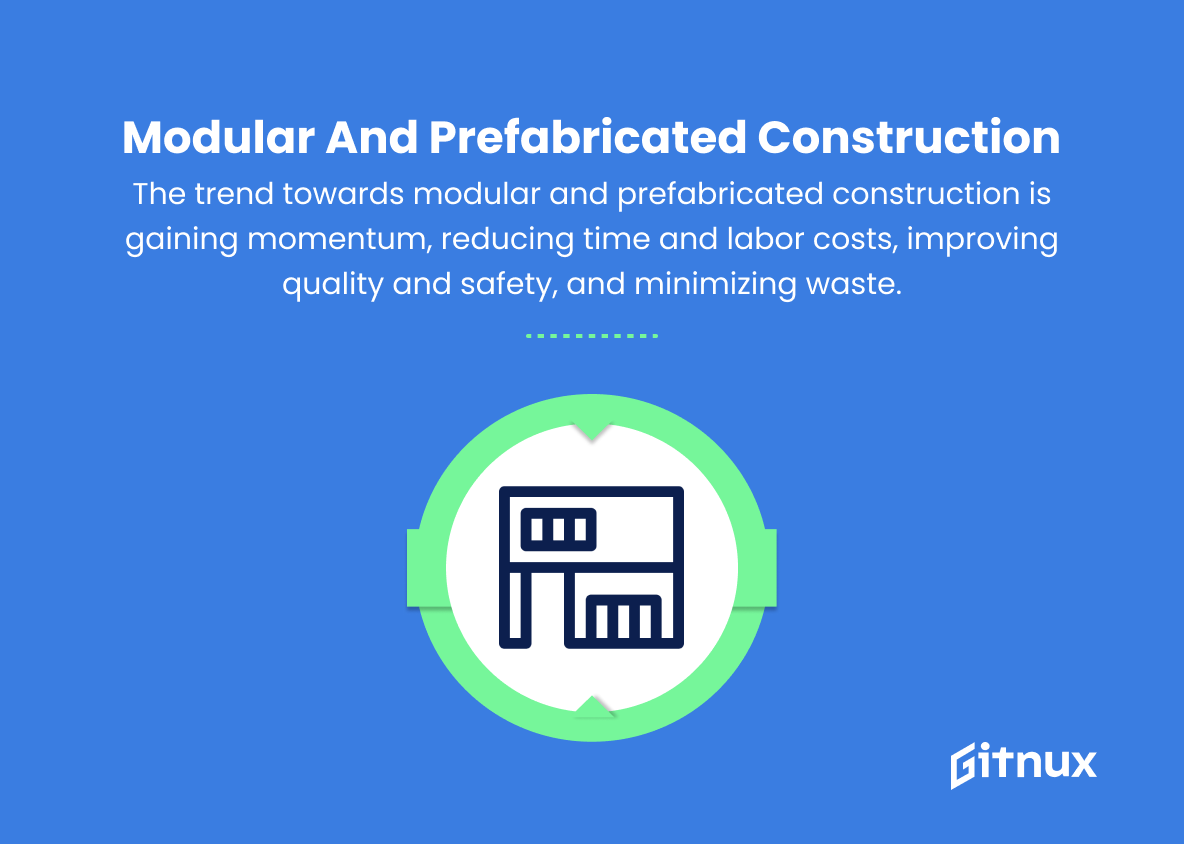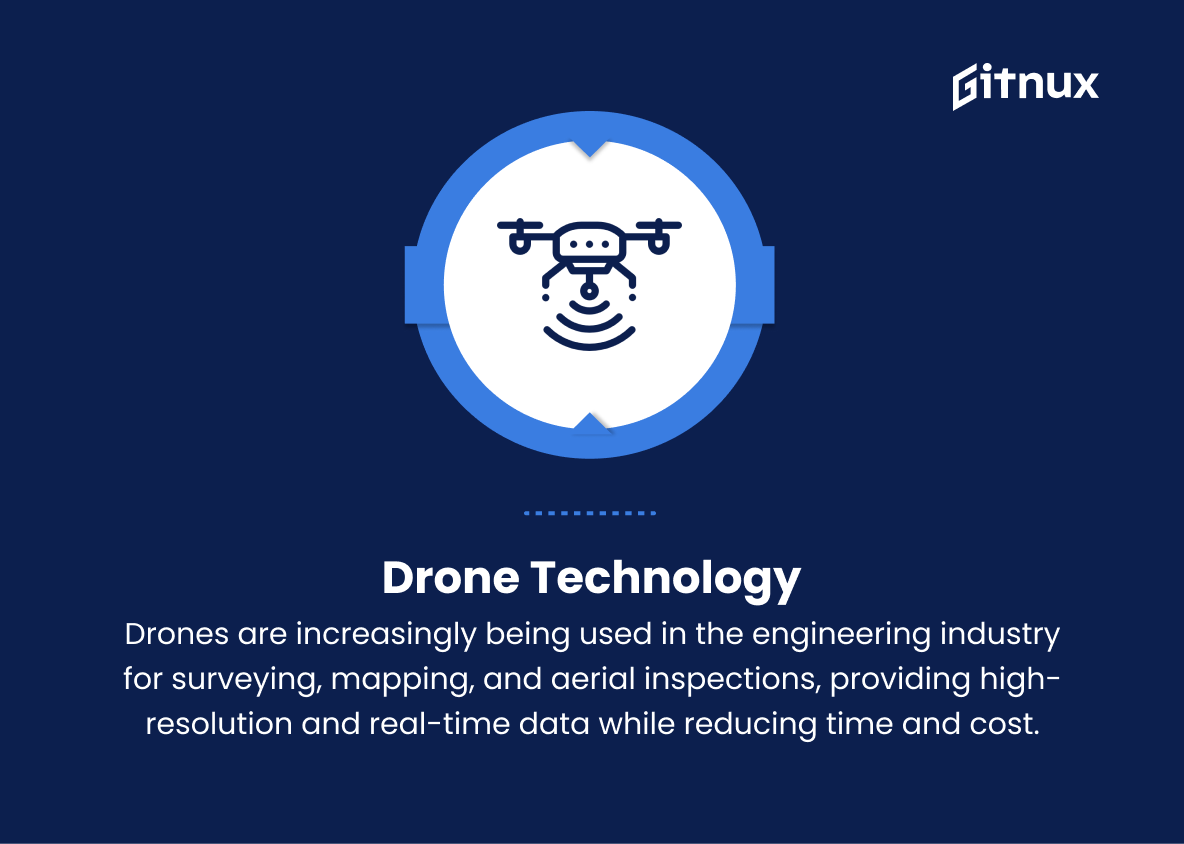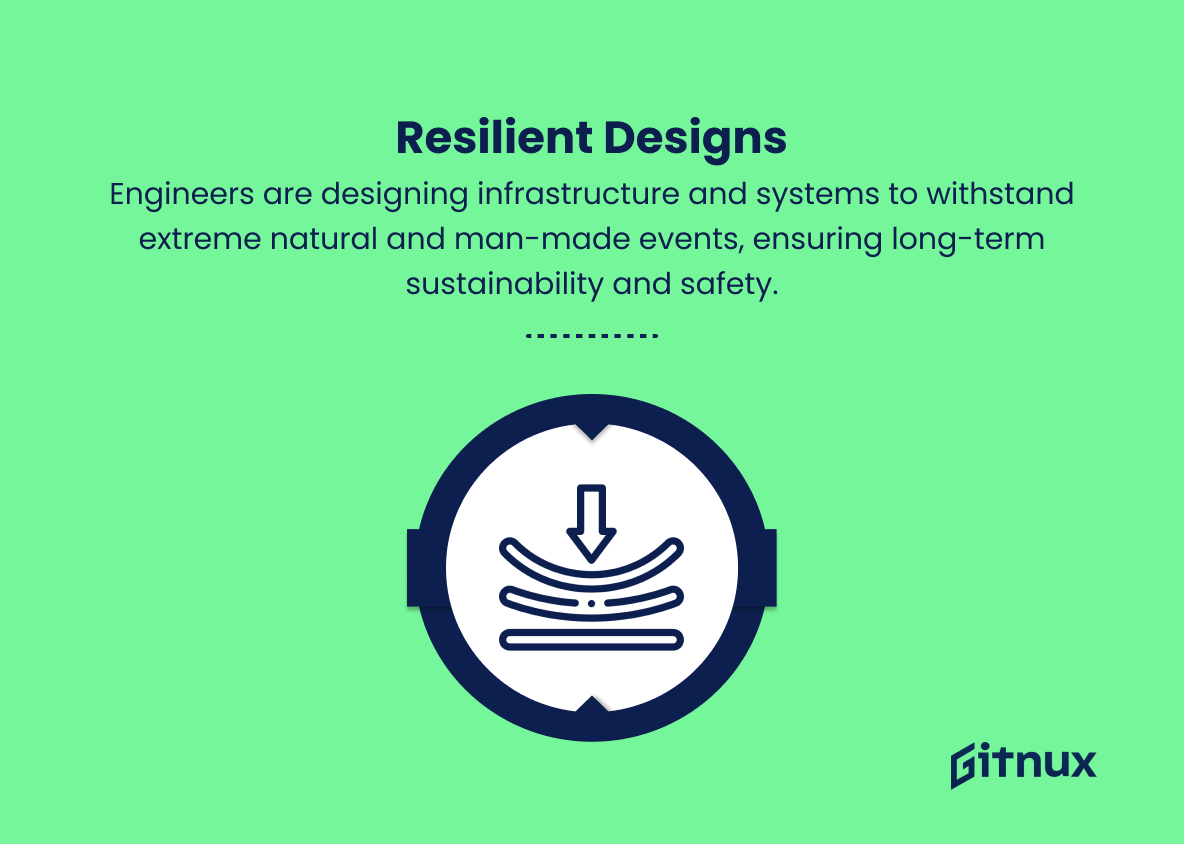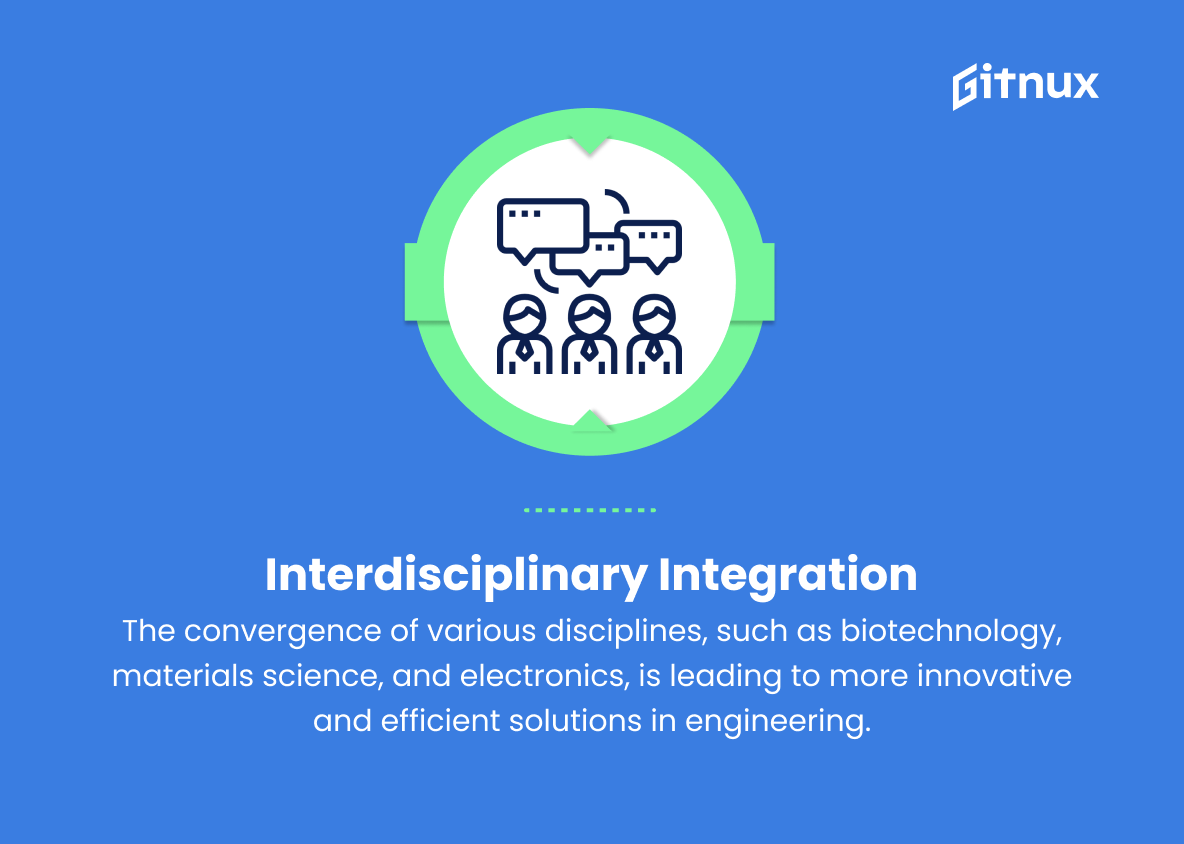As the world enters a new era of technological advancements and dynamic economic landscapes, it is crucial to stay updated with the ever-evolving realms of the engineering industry. In this blog post, we will delve into the most prominent engineering trends that are not only reshaping the sector but also driving innovation and sustainable growth.
From digitization and automation to sustainability and the increasing adoption of artificial intelligence, we will explore the intricacies of these emerging trends and their implications in our fast-paced environment. Stay ahead of the curve and join us in deciphering the future of the engineering industry, as we unlock the secrets to thrive in this competitive age of transformation.
Top Engineering Industry Trends
1. Artificial Intelligence and Machine Learning
The integration of AI and ML in engineering processes will optimize design capabilities, improve problem-solving, and boost overall efficiency.
2. Robotics and Automation
The increased use of robotics and automation will lead to more efficient manufacturing processes, improved product quality, and reduced labor costs.
3. Internet of Things (IoT)
The adoption of IoT in engineering will enable real-time data collection and monitoring, as well as improved connectivity and communication between different devices, systems, and platforms.
4. Sustainable and Green Engineering
The focus on sustainable and green engineering is growing to address climate change and reduce wastage of resources, with an emphasis on renewable energy, eco-friendly materials, and energy-efficient technologies.
5. 3D Printing and Additive Manufacturing
3D printing is revolutionizing engineering, from rapid prototyping to low-volume manufacturing, creating new opportunities for innovation, customization, and cost reduction.
6. Virtual and Augmented Reality
VR and AR technologies are being increasingly utilized in engineering for design visualization, product development, remote collaboration, and operator training.
7. Digital Twins
The concept of digital twins is gaining popularity, with digital replicas of physical assets being used for real-time monitoring, performance optimization, and predictive maintenance.
8. Advanced Materials and Nanotechnology
Innovative materials with unique properties and nanotech engineering are driving the creation of new products and systems that not only improve performance but are also lightweight and durable.
9. Big Data and Analytics
The rise of big data and advanced analytics is transforming engineering, providing insights to enhance decision-making, improve processes, and facilitate predictive maintenance.
10. Blockchain Technology
Blockchain applications in engineering include secure and efficient supply chain management, intellectual property protection, and smart contracts for process automation.
11. Building Information Modeling (BIM)
BIM is becoming a standard for infrastructure planning and construction, allowing for streamlined collaboration, cost reduction, and improved life cycle management of the built environment.
12. Modular and Prefabricated Construction
The trend towards modular and prefabricated construction is gaining momentum, reducing time and labor costs, improving quality and safety, and minimizing waste.
13. Drone Technology
Drones are increasingly being used in the engineering industry for surveying, mapping, and aerial inspections, providing high-resolution and real-time data while reducing time and cost.
14. Resilient designs
Engineers are designing infrastructure and systems to withstand extreme natural and man-made events, ensuring long-term sustainability and safety.
15. Integration of multidisciplinary approaches
The convergence of various disciplines, such as biotechnology, materials science, and electronics, is leading to more innovative and efficient solutions in engineering.
Implications
The future of the engineering industry is marked by rapid advancements and emerging trends that are reshaping its landscape. The integration of artificial intelligence and machine learning is optimizing design capabilities, improving problem-solving, and boosting overall efficiency. The increased use of robotics and automation leads to more efficient manufacturing processes, improved product quality, and reduced labor costs, while the adoption of the Internet of Things enables real-time data collection, monitoring, and improved connectivity.
Sustainable and green engineering is addressing climate change by focusing on renewable energy, eco-friendly materials, and energy-efficient technologies. Simultaneously, 3D printing and additive manufacturing are revolutionizing the industry by enabling rapid prototyping, low-volume manufacturing, and increased innovation. Virtual and augmented reality are enhancing design visualization, product development, and remote collaboration, while digital twins facilitate real-time monitoring and predictive maintenance. Advanced materials and nanotechnology are driving the creation of new products with improved performance, and big data and analytics are providing insights to enhance decision-making.
Blockchain technology is streamlining supply chain management and intellectual property protection, while building information modeling (BIM) is becoming a standard for infrastructure planning and construction. Modular and prefabricated construction are gaining momentum, reducing time and labor costs, and minimizing waste. Drone technology, resilient designs, and multidisciplinary approaches serve to further elevate the engineering industry’s capabilities to create innovative solutions and products for a more sustainable and efficient future.
Conclusion
In conclusion, it is evident that the engineering industry is continuously evolving and adapting to technological advancements and market demands. As we have discussed in this blog post, several core trends shape the landscape of the engineering sector, such as digital transformation, the growth of renewable energy, the widespread adoption of automation, increasing collaborations and interdisciplinary approaches, and the continuous need for sustainable solutions.
These trends not only influence the engineering profession but also drive the overall growth and development of industries worldwide. To stay ahead in this ever-changing environment, engineers, stakeholders, and organizations must stay informed about these trends, adapt to new technologies and approaches, and embrace innovation in order to ensure long-term success and sustainability within their respective domains.
